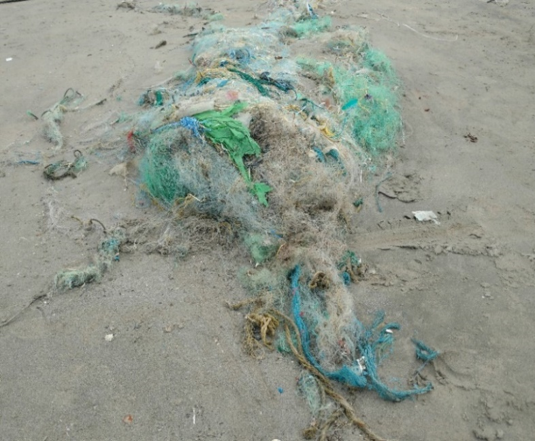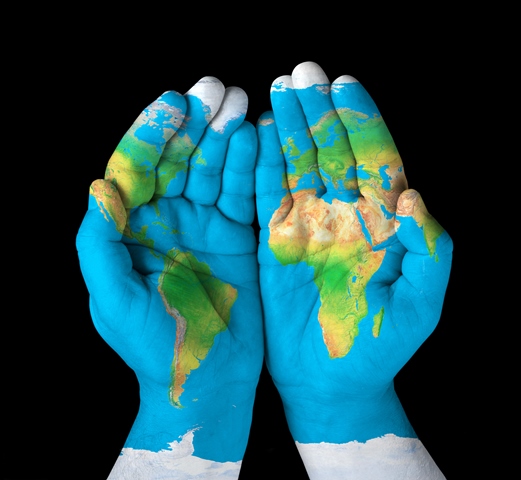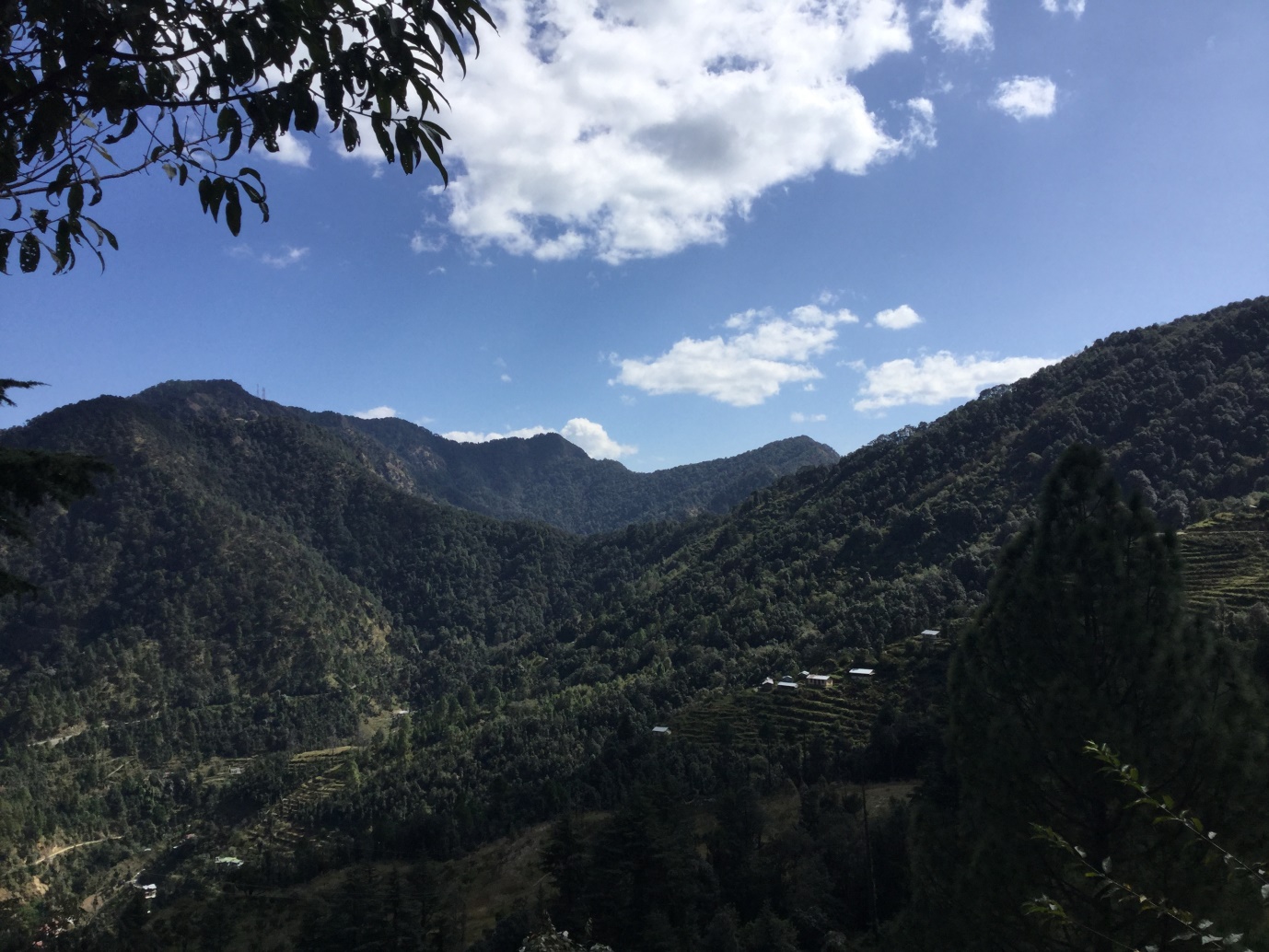Marine plastic debris is a widespread problem with an ever-growing list of animals entangled in fishing gear cropping up along shorelines around the world — sometimes resulting in death. In January, an 18-foot long whale shark succumbed to its injuries after being trapped in a fishing net off the coast of Puducherry, according to a report.
Although surveys have increased over recent years, reporting of marine litter in India tends to be weaker compared with other countries. In a recent study, researchers who surveyed six beaches for debris, in India’s southwestern state of Kerala, found that not only is plastic the main culprit, but in beaches with a high intensity of fishing activities, most of the debris comes from the fishing industry. And seasonally, more plastic fishing debris was found after the monsoon season.
While research on beach debris has been carried out on Indian coast recently, various characteristics, sources and other aspects of debris along the coastline are still inadequately studied, notes the research by scientists from School of Industrial Fisheries, Cochin University of Science and Technology and ICAR – Central Institute of Fisheries Technology, Cochin.
Renjith VishnuRadhan, a postdoctoral researcher at the Indian Institute of Technology Bombay, who was not connected to the study, said that in Kerala, there are 222 marine fishing villages and 113 inland fishing villages, as per the Economic Review 2017, State Planning Board, Kerala. “Thus, the quantum of plastic litter which can be generated through fishing activities along the state is huge.”
“Plastic menace comes under the category of ‘wicked problems’, explained VishnuRadhan, adding that there is no single solution to this issue. “Any possible or proposed solutions should have the involvement of citizens, stakeholders and governance systems.”
Fishing beaches littered with plastic
For the study conducted in 2017, the team surveyed six beaches in Kerala that are used as fish landing centres for litter during three seasons: pre-monsoon, monsoon, and post-monsoon. The team collected, sorted and weighed all human sources of debris.
They found that of all the pieces of beach litter they collected during all three seasons, which comprised 15,360 items, plastic was the majority standing at 73.8 percent. It was also the largest fraction when they considered the beach waste by weight.
Of the total debris, 36 percent of the items and 39.8 percent by weight was fishing-related debris. And among the plastic debris, 48 percent was fishing-related debris—the highest component—which mostly consisted of ropes (38 percent) and nets (24 percent).

The researchers also compared the amount of fishing-related plastic debris in beaches with a high-intensity of fishing with those exhibiting a low fishing intensity. High-intensity fishing beaches (Thanur, Malipuram, and Vizhinjam) were classified as those with 100 or more motorised fishing vessels operating for more than 20 days per month whereas low-intensity fishing beaches (Kappad, Kuzhippilly, and Cheriazheekal) had 10 or fewer vessels running for less than 20 days per month.
It turns out that fishing-related plastic debris in terms of the number of items in the higher-intensity fishing beaches was more than four times that found in lower-intensity fishing beaches. Thanur beach with the maximum number of fishing vessels operated (1140), had the highest fishing debris whereas Kuzhippilly, which operated only 15 vessels, had the lowest.
The season the survey was conducted also had an impact on the amount of litter. A higher concentration of fishing-related plastic was seen during the post-monsoon season compared to the monsoon season, which had the lowest.
“The debris on high fishing-intensity beaches was higher than expected. About seasonal variation, we did anticipate lower plastic debris abundance during monsoon months, because of the possibility of debris getting washed into the sea with rain and our results confirmed this hypothesis,” said Damaris Benny Daniel, Ph.D. scholar at the School of Industrial Fisheries, Cochin University of Science and Technology, and lead author of the study.
Daniel explained that during the monsoon months wave heights are higher than normal months and as a result, lines of debris left on the beach by high tide, known as wrack lines, “will be wider which will trap more debris during the following months, that is, post-monsoon seasons.”

But these results may not be surprising. A growing body of research is pointing to the role of fishing waste in the beaches of southern India. Last August, a study from six beaches in Puducherry on India’s southeastern coast reported a strong correlation between fishing and microplastic abundance.
Similarly, another study published last September where three major beaches in Mangaluru were surveyed from 2011 to 2016, also found significant amounts of fishing litter compared to all litter in 2016 — 59 percent by number and 33.4 percent by weight. The group also noted changes in the amount of plastic littered on the beaches depending on the rainfall, rainy days, and river discharge.
Turning the tide against fishing debris
The authors recommend greater monitoring for more regions and longer time periods for fishing-related debris, educating the fishing community about the environmental and economic consequences of fishing-related debris and providing proper collection mechanisms for damaged fishing gear.
VishnuRadhan believes that “the fishing population is well aware of the marine plastic problem than us.” During his research, many fishing communities shared their worries with him about the growing menace. “For example, sometimes they get more plastic materials than fish while using shore seines nowadays,” he said.
For proper collection, “the governing bodies or local authorities should provide a facility to collect the damaged fishing nets and other gears from fisherman,” said Daniel. “If there is no such mechanism, they will throw it on beaches.”
Agreeing with the need to establish proper collection mechanisms, VishnuRadhan said that there are enough studies and data available that can be used to develop strategies.
“Now, it is time for some sustainable solutions,” he says, citing a report published in 2015 by the Marine Environmental Emergency Preparedness and Response Activity Centre (MERRAC) of the Northwest Pacific Action Plan outlining the best practices in dealing with marine litter in fisheries in the region. Some of the collection systems that were introduced by the Government of Korea include a buyback program for marine litter (such as fishing nets, ropes and hooks) and installation of deck barges in ports and harbours to collect marine litter.

Litter arising from fishing is expected to increase with a global surge in fishing fleet over the past few decades, warned VishnuRadhan, noting that “as major fish stocks are being depleted globally,” fishing activities will become more vigorous.
“Further, it is also very difficult to phase out plastic fishing gears and associated materials in the near future due to the strength and durability (also the raw material, plastic, is cheap) these gears provide in the marine condition,” he added.
Neha Jain is a freelance science writer based in Hong Kong who has a passion for sharing science and sustainability stories with everyone.
CITATION
Daniel, D. B., Thomas, S. N., & Thomson, K. T. (2020). Assessment of fishing-related plastic debris along the beaches in Kerala Coast, India. Marine Pollution Bulletin, 150, 110696.
This article is republished from The Conversation under a Creative Commons license. Read the original article.










